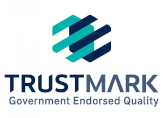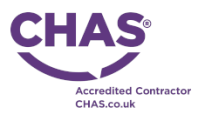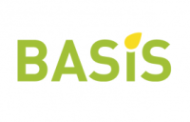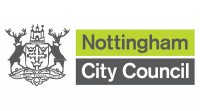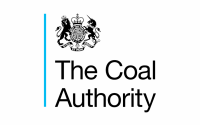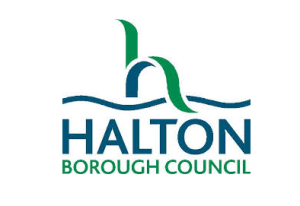
INVASIVE WEED TreatmentS
Each invasive plant species requires a specific treatment for successful control or eradication. We treat invasive plant species that cause problems for homeowners and commercial businesses – excluding common garden weeds such as bindweed.
Why is a treatment plan effective for managing invasive plants?
A structured treatment plan is one of the most effective and responsible ways to control invasive plant species such as Japanese knotweed, Himalayan balsam, Horsetail and Giant hogweed. It is suitable for all sectors.
Unlike reactive spraying or excavation, a treatment plan provides a long-term, managed approach that ensures complete eradication while maintaining environmental compliance.
Invasive plants often spread through underground rhizomes or extensive root systems. A multi-visit treatment plan is designed to attack the plant during its most vulnerable growth stages preventing regrowth and ensuring the root network is exhausted.
A treatment plan spreads the cost over time, requiring minimal disturbance to soil and structures ideal for residential gardens, public land, and commercial sites.
Quick Links
- Our treatment plans
- Treatment methods
- Why choose us
- Can you treat near water?
- What is a safe herbicide?
- Public and environmental safety
Page last reviewed 14.10.2025
OUR TREATMENT plans
We deliver over 9,000 herbicide visits to 8,000 loyal customers every year, so we know how to keep your property and land safe whilst operating, and we’re respectful of your needs at all times, and you’ll receive a schedule of planned visits. With repeat applications the herbicide exhausts the plant bringing it under effective control and preventing further spread.
We will choose the best treatment method to use depending on the plant, the site and any environmental considerations, which may be one or several of the following:
- Knapsack spraying
- Stem injection
- Leaf wiping
- Quadbike spraying
- Spraying from a boat

Treatment METHODS
There are several remediation methods that suit the control of certain invasive weeds, which can include:
- Herbicide spraying.
- Cutting by hand.
- Hand pulling.
- Mechanical dredging and covering.
- Full excavation and removal
- Biological methods (using natural predators).
Areas where cutting or pulling takes place is netted to ensure fragments don’t spread downstream, and all cut material are removed from the area or water and safely disposed of, preferably on site, well away from water courses.

SPEAK TO AN EXPERT
Why choose us
- Industry experts in invasive weeds
- Over 1,000 5* Trustpilot reviews
- Fully qualified and licensed
- Nationalcoverage

What is a Safe Herbicide?
Studies have shown that there are optimum herbicides and application techniques that should be adopted for the best results and our methods adhere to these findings. One such study on Glyphosate and its potential risk to human health states; “Glyphosate has lower acute toxicity to humans than 94% of all herbicides and many common household chemicals, including vinegar and table salt. Glyphosate also has lower chronic toxicity to humans than 90% of all herbicides.”
Additionally in a recent report, the European Food Safety Authority (EFSA) “did not identify any critical areas of concern in its peer review of the risk assessment of the active substance glyphosate in relation to the risk it poses to humans and animals or the environment.” As such, we use Glyphosate for the majority of our herbicide control projects. This chemical is highly effective and safe when used by professionals in the right way, and adhering to public safety regulations.

Can you treat near water?
Studies have shown that there are optimum herbicides and techniques that should be adopted for any treatment, but especially for treatments near water. Our methods adhere to these findings, and when planning a treatment programme, we always consider:
- Proximity of the species to watercourses and bodies of water.
- Sensitivity to proximity non-target vegetation (trees, plants and grasses).
- Size of the infestation and density of the stand.
- Proximity of tree roots (if using residual herbicides).
- Proximity of badger sets or other forms of protected wildlife.

Public and environmental safety – what we do
As a safety-first company Environment Controls is fully compliant with the relevant Health and Safety regulations, ensuring our staff are fully trained and our processes comply with H&S standards and legislation and all information is kept up to date.
Health & Safety has always been a crucial part of our business, both for our staff and how we operate for our clients. We hold a range of safety SSIP and industry-related accreditations which are supported by our commitment keeping the general public safe whilst we are supplying treatments. When applying pesticides in areas where the public are allowed to go our operatives ensure that people are not put at risk. This means stopping if there is a risk to health either from the machinery or from the spray if people are using the land or right of way while we are applying pesticides. We avoid spraying near schools at peak times, or if in a public area where pedestrian activity is high at certain times of the day we will avoid these times.
See how we keep the public and the environment safe at all times:


